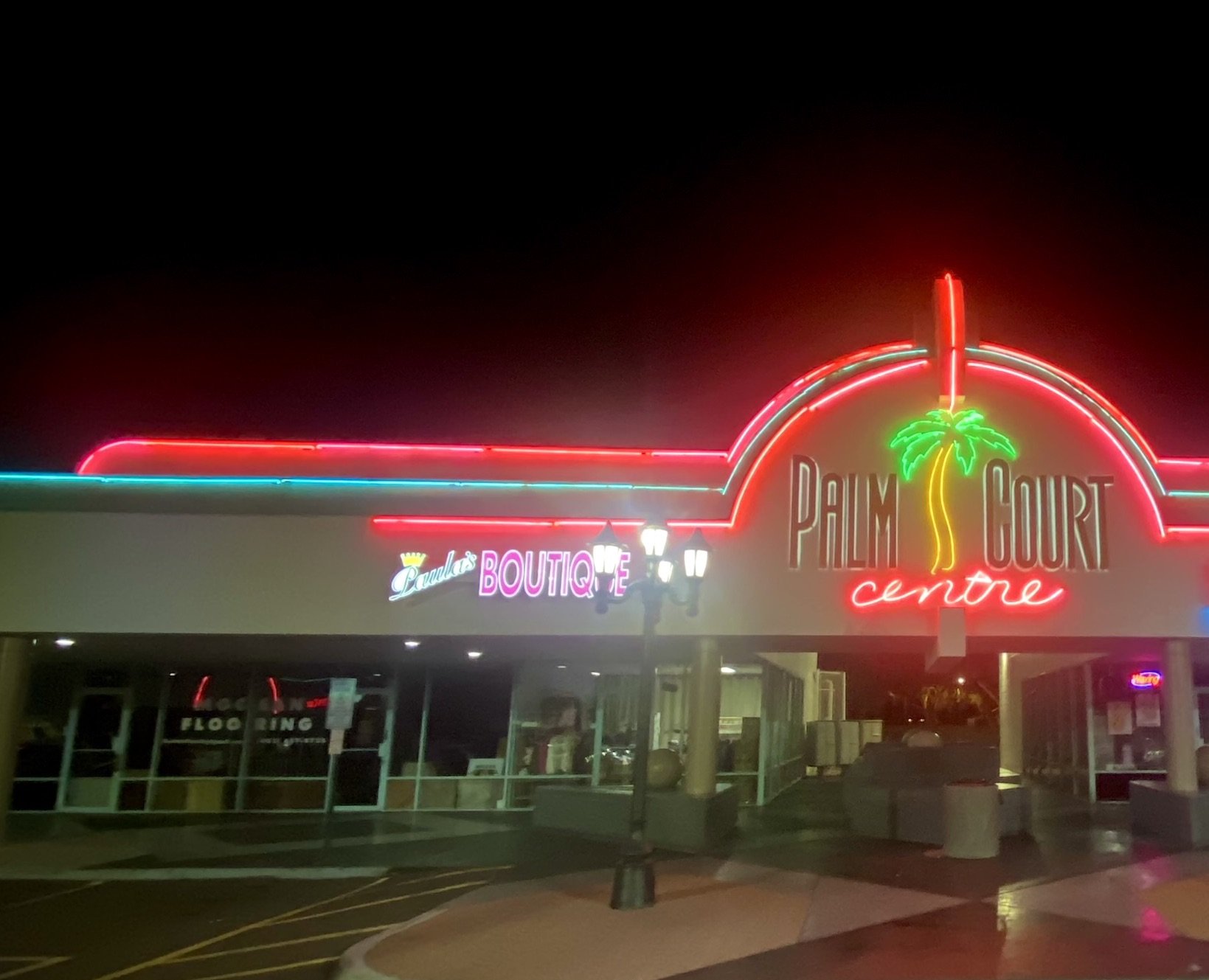A Brief History of Neon Signs
Neon signs are an integral part of the character of the Wildwoods. The mid-century Doo Wop style that the Wildwoods are known for made heavy use of neon to add color and excitement to building designs and signs. However, the history and technology behind neon signs goes way back before the 1950s. When you are looking at one of the Wildwoods’ colorful glowing neon signs, you are looking at the result of hundreds of years of discovery and experimentation.
The initial inspiration for neon signs goes back to 1675 when French astronomer Jean Picard noticed a small glow of light coming from mercury in a barometer tube when it was shaken. The cause for this light was not understood at the time, but others would soon start building on this initial discovery. In the 1700s, famous Philadelphian Ben Franklin’s discoveries in electricity—-along with Michael Faraday’s work in the early 1800s with harnessing electricity—-laid the groundwork for electricity eventually being used to power lights of all different types.
Then, in 1857, German physicist Julius Plücker and glass blower Heinrich Geissler found a way of partially filling a glass tube with a range of gasses that produced different colors when connected to a high voltage electric supply. Neon gas was not known at the time, but this new type of light became known as a Geissler tube. While very similar to neon signs, Geissler tubes weren’t ready for the rigors of commercial use and were viewed more as novelty items.
Neon doesn’t just have to be used for Doo Wop designs. Pictured above is a 1980s strip mall in Phoenix, AZ that features extensive use of neon. Photo Credit: Dennis Pierce
Critical to the production/creation of neon signs was the discovery of neon gas, which occurred in 1898 by William Ramsey and Morris Travers. Next, the French physicist Georges Claude brought everything together in the early 1900s with his innovations in mass producing neon gas. With a reliable supply of neon gas, he started using neon in his version of the Geissler tube. Claude then improved the technology used in the tubes so they produced a reliable glow instead of sputtering. With these final innovations, neon signs could be used for commercial purposes instead of being just a novelty.
By 1910, Claude was presenting his neon lights to the public in Paris and had formed a company that became the early patent holder on neon sign technology. Claude’s company was responsible for introducing neon signs to America in the 1920s. Soon after, neon signs exploded in popularity throughout the United States, becoming a symbol of progress and modern industry.
Neon signs’ popularity dipped around World War II due to the war, but in the booming 1950s, neon was revived again with the Doo Wop style of design in architecture. Large, garish neon signs were used to draw customers into restaurants, commercial businesses, and motels. Towns like Las Vegas and the Wildwood became defined by their use of neon signs.
Sadly, as tastes changed in the 1960s, the use of neon signs started to decline as they were replaced with plastic signs and fluorescent lights. Today neon signs are considered historic, and there are several museums dedicated to collecting, preserving, and maintaining commercial neon art. A few notable ones are The Neon Museum in Las Vegas, Nevada; the Museum of Neon Art in Glendale, California; and the National Neon Sign Museum in Dalles, Oregon.
Unlike mass-produced, off-the-shelf signs made today, the process to make a neon sign involves mastering techniques that require an experienced and skilled craftsperson. Luckily Wildwood has two businesses that produce and repair neon signs: A.B.S. Sign Co at 3008 Park Blvd and Ultra Neon at 3109 Pacific Avenue. Next time you patronize a Wildwoods business with a neon sign, let them know that you appreciate them keeping a historic craft alive. And to any businesses in need of a new sign, consider a newly created neon sign to keep a connection with the wonderful glowing past of the Wildwoods.
To join to our FREE email notification list, click here.

